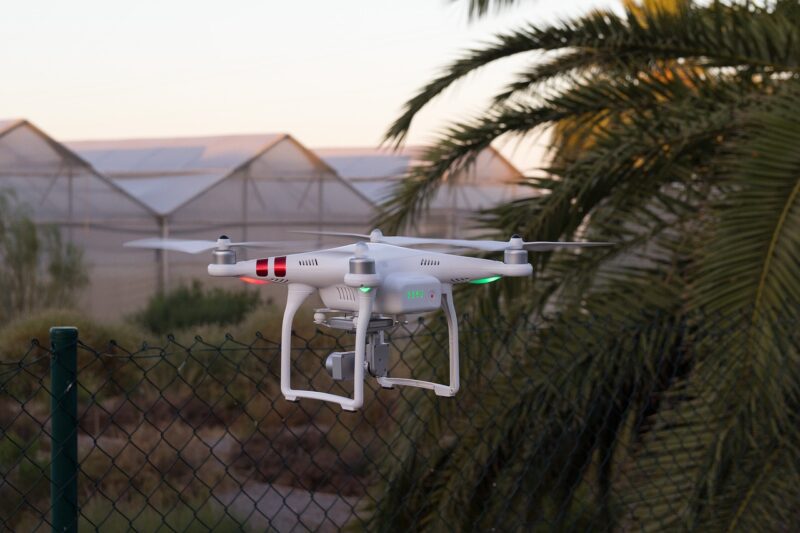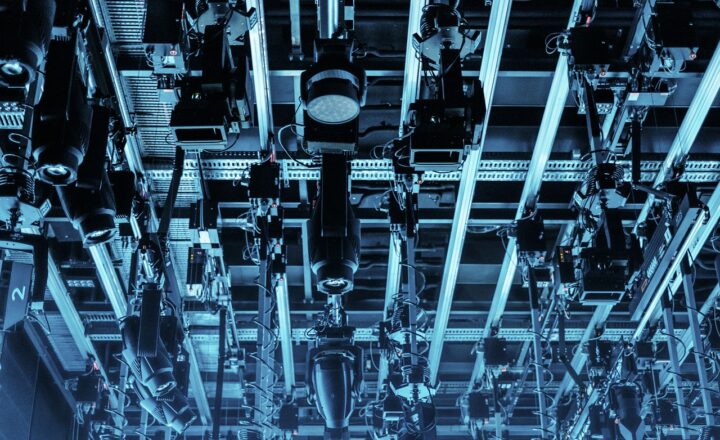The Influence of Unmanned Aerial Vehicles on Modern Surveillance Operations
November 16, 2024

Unmanned Aerial Vehicles (UAVs), commonly known as drones, have significantly transformed modern surveillance operations across various sectors. From military applications to civilian uses, UAVs have enhanced the effectiveness, efficiency, and safety of surveillance activities. This article dives into how UAVs are influencing surveillance operations, their advantages, challenges, and the future prospects they offer.
1. Understanding Unmanned Aerial Vehicles (UAVs)
Unmanned Aerial Vehicles (UAVs) are aircraft that operate without an onboard pilot. They are controlled remotely or can autonomously navigate predefined flight paths. UAVs come in various shapes and sizes, designed for a multitude of purposes. Their applications in surveillance have evolved remarkably in recent years, contributing to significant advancements in technology and capabilities.
Some key features of UAVs include:
- Real-time Data Collection: Drones can capture high-resolution imagery and video feeds, making them valuable tools for data gathering in surveillance operations.
- Remote Operation: Their ability to be operated remotely allows for observation from safe distances, reducing risks to personnel in dangerous environments.
- Versatility: UAVs can be equipped with diverse payloads such as cameras, infrared sensors, and other specialized tools for tailored surveillance needs.
As we explore further, it becomes clear how these attributes are reshaping how surveillance is performed across various sectors.
2. Applications of UAVs in Surveillance
The application of UAVs in surveillance spans numerous industries and can be illustrated through the following examples:
2.1 Military Surveillance
The military has been at the forefront of UAV technology adoption, utilizing drones for reconnaissance, intelligence gathering, and target acquisition. Drones such as the MQ-9 Reaper and the RQ-4 Global Hawk have proven invaluable in monitoring enemy movements and assessing battlefield conditions without risking human lives.
2.2 Law Enforcement and Public Safety
Law enforcement agencies across the globe are increasingly employing drones for tasks such as crowd monitoring during public events, search and rescue operations, and crime scene analysis. With the capability to cover large areas quickly, drones offer significant advantages in time-sensitive situations.
2.3 Environmental Monitoring
Drones are widely used for environmental surveillance, providing insights into wildlife behavior, monitoring deforestation, and assessing the impacts of natural disasters. By offering aerial views that traditional monitoring methods cannot, UAVs help scientists gather crucial data to control and preserve our environment.
2.4 Oil and Gas Industry
In the oil and gas sector, drones are utilized for pipeline inspections and monitoring drilling sites. Their ability to swiftly conduct aerial surveys enhances efficiency and safety while minimizing the environmental impact of such activities.
3. Advantages of UAVs in Surveillance Operations
The influence of UAVs in surveillance is largely attributed to several significant advantages they provide:
- Cost-effectiveness: Drones generally have lower operational costs compared to manned aircraft. They do not require pilot training or maintenance for crew safety, thus saving on manpower and operational expenses.
- Increased Accessibility: Drones can reach remote or hazard-prone areas with ease, providing access to surveillance opportunities that otherwise might be too dangerous or expensive to patrol with traditional methods.
- High Resolution Imagery: Equipped with advanced cameras and sensors, UAVs can capture high-resolution images and videos, providing more detailed surveillance data compared to ground-based monitoring methods.
- Real-time Feedback: Drones transmit real-time data, enabling rapid decision-making and timely responses in dynamic situations.
These advantages reveal the growing reliance on UAV technology to meet the demands of modern surveillance operations.
4. Challenges and Ethical Considerations
Despite their numerous advantages, the use of UAVs in surveillance raises several ethical and practical challenges:
4.1 Privacy Concerns
As drones become more widely used for surveillance, concerns regarding privacy increase. The ability to capture real-time imagery can inadvertently infringe on individuals’ privacy rights, leading to heightened scrutiny and potential regulations regarding drone use.
4.2 Technological Barriers
While UAV technology has advanced significantly, issues such as limited battery life and reliability of sensors still pose challenges for prolonged surveillance operations. Continuous advancements and innovation are necessary to tackle these limitations effectively.
4.3 Regulatory Hurdles
The regulatory framework surrounding UAV usage varies widely across regions, resulting in inconsistencies and potential legal complications. Navigating these regulations is essential for organizations looking to implement UAVs in their operations legally and ethically.
5. The Future of UAV Surveillance
The potential for UAVs in surveillance is nothing short of promising:
- Integration of AI and Machine Learning: The future of UAV surveillance may see the integration of artificial intelligence and machine learning to enhance data processing, thereby increasing the automation of analytical processes, making surveillance smarter and more efficient.
- Enhanced Battery Life and Autonomous Flight: As battery technology improves, UAVs may offer extended flight durations, allowing for more comprehensive surveillance with fewer interruptions. Furthermore, advancements in autonomous flight technology could lead to fully automated surveillance operations, minimizing the need for human intervention.
- Widespread Adoption Across Industries: As more industries recognize the benefits of UAVs, there will likely be an expansion in their applications, potentially revolutionizing how various sectors approach surveillance and data collection.
As UAV technology continues to evolve, it will undoubtedly play a pivotal role in shaping future surveillance operations.
Conclusion
In summary, Unmanned Aerial Vehicles have brought about a monumental shift in modern surveillance operations. Offering numerous benefits such as cost-effectiveness, increased accessibility, and real-time data collection, UAVs have proved their worth across military, law enforcement, environmental, and industrial applications. However, challenges surrounding privacy, technology, and regulations must be addressed to ensure their proper use and integration into society. The future of UAVs in surveillance appears bright as advancements in technology pave the way for innovative solutions and increased efficiency in surveillance operations. Organizations that harness the power of UAVs optimally could gain a competitive edge in their respective fields.








